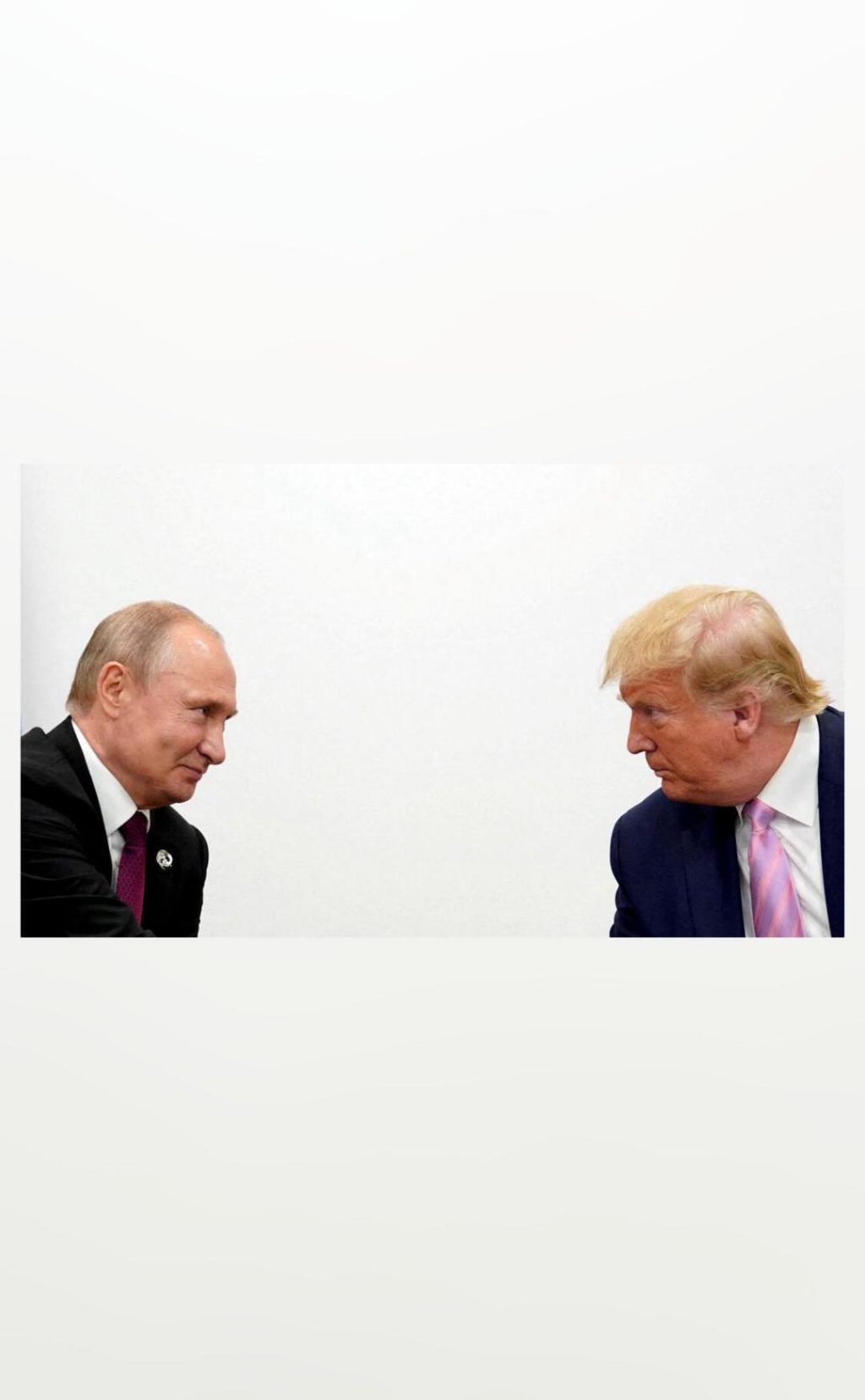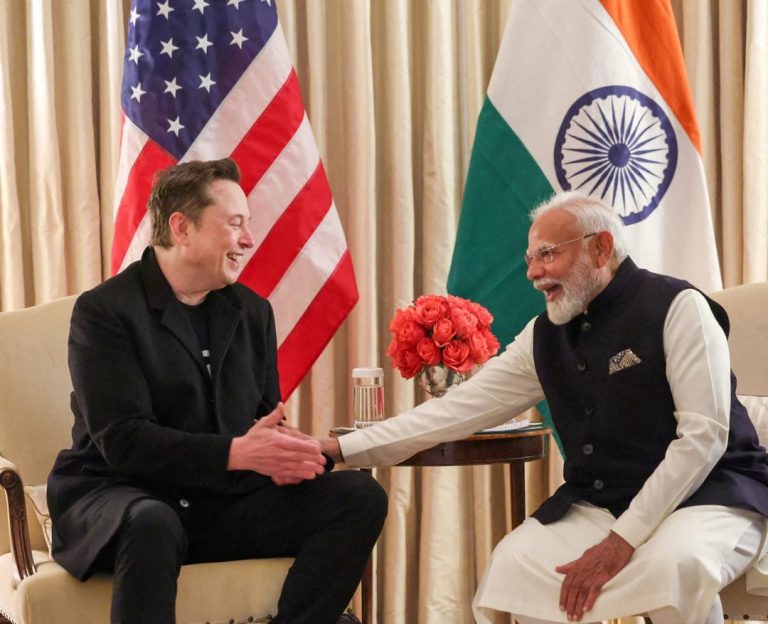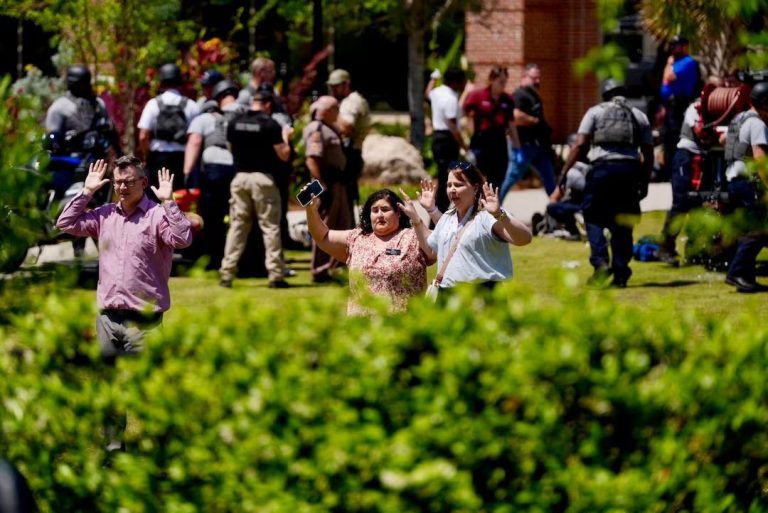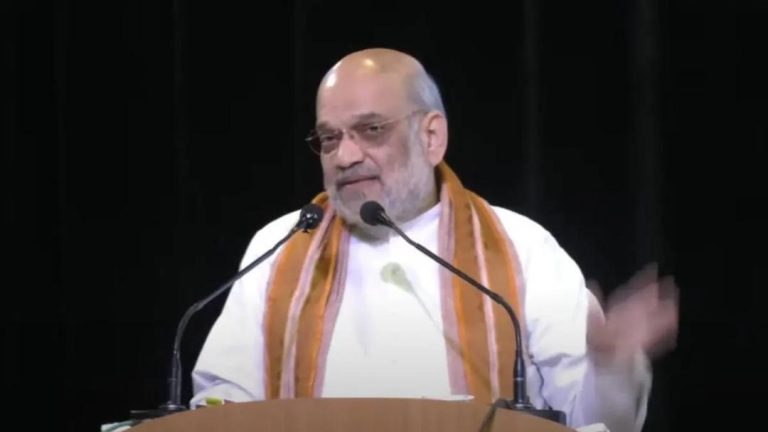
US Sides with Russia & Refuses to Blame it for Ukraine War at UN
As the Ukraine war enters its third year, the United States has taken an unexpected stance by siding with Russia and refusing to blame it for the ongoing conflict. This surprising move came in the form of a vote on a Europe-backed UN resolution that demanded an immediate withdrawal of Russian troops from Ukraine.
The resolution, which was supported by the European Union, Canada, and other Western nations, called for an end to the fighting and the withdrawal of Russian forces from Ukrainian territory. However, the US, in a departure from its previous stance, voted against the resolution alongside Russia. This decision has raised eyebrows and sparked questions about the motivations behind the US’ sudden shift.
In the past, the US has consistently voted with its European allies on issues related to Ukraine, particularly under the administration of former President Joe Biden. However, in this latest development, the US has joined Russia in rejecting the UN resolution, which has been met with widespread criticism from the international community.
The Russian invasion of Ukraine, which began on February 24, 2022, has resulted in significant human suffering, widespread destruction, and a major humanitarian crisis. The international community has repeatedly condemned the invasion, and numerous resolutions have been passed by the UN General Assembly and other international organizations, demanding an end to the conflict and the withdrawal of Russian forces.
Despite the gravity of the situation, the US decision to vote against the resolution has been met with surprise and disappointment. India, China, and Brazil, on the other hand, abstained from voting, citing concerns about the resolution’s language and the need for a peaceful resolution to the conflict.
The US decision to vote against the resolution has been seen as a significant shift in its stance on the Ukraine war. In the past, the US has been a vocal critic of Russian aggression and has supported Ukraine’s sovereignty and territorial integrity. However, in recent months, there have been signs of a growing rift between the US and its European allies on the issue of Ukraine.
Some analysts have suggested that the US decision may be linked to its desire to pursue a more nuanced approach to the conflict, one that takes into account Russia’s concerns and may involve a more flexible approach to the resolution. Others have pointed to the growing tensions between the US and Russia, particularly in the wake of the Russian invasion of Ukraine, as a factor in the US’ decision.
The Russian invasion of Ukraine has had far-reaching consequences, including a significant refugee crisis, economic instability, and a major humanitarian crisis. The conflict has also had significant implications for global security, with the US and its allies seeking to counter Russian aggression and protect the sovereignty of Ukraine and other nations.
In the face of this crisis, the international community has come together to condemn the Russian invasion and demand an end to the conflict. The UN General Assembly has passed numerous resolutions calling for an end to the fighting and the withdrawal of Russian forces, and the European Union has imposed crippling sanctions on Russia in response to its aggression.
Despite these efforts, the conflict continues to rage on, with significant human suffering and destruction reported in Ukraine. The US decision to vote against the resolution has been met with widespread criticism, and many have called for the US to take a more robust stance against Russian aggression.
As the conflict continues to unfold, it remains to be seen what the implications of the US decision will be for the international community and the people of Ukraine. Will the US’ decision to side with Russia mark a new era in international relations, or is it a temporary aberration? Only time will tell.
News Source:






